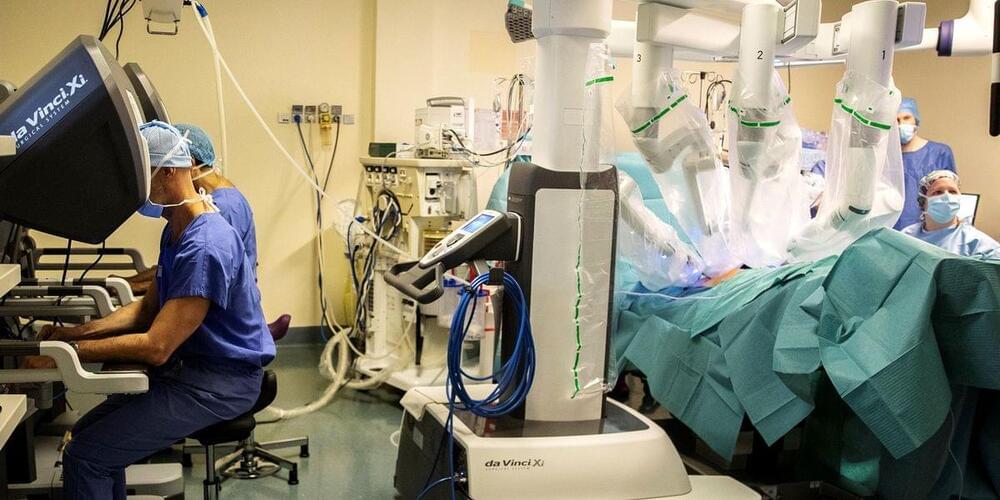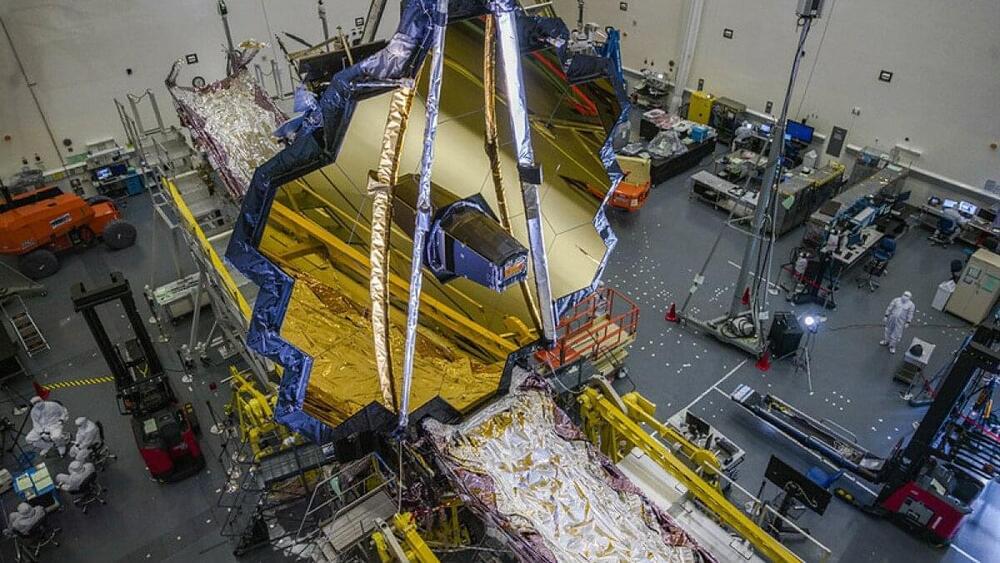If flossing is, in short, the bane of your existence, a group of researchers at the University of Pennsylvania might have an ingenious solution for you.
The team has developed the ultimate no-hands dental care in the form of a swarm of shapeshifting microrobots, ready to treat and remove tooth decay-inducing bacteria and plaque from your filthy, unflossed teeth.
In simple terms, the petite and multifunctional robo-dentists do the work of brushing, flossing, and rinsing, all without the tediousness and, in some cases, the challenges of manual oral care.






